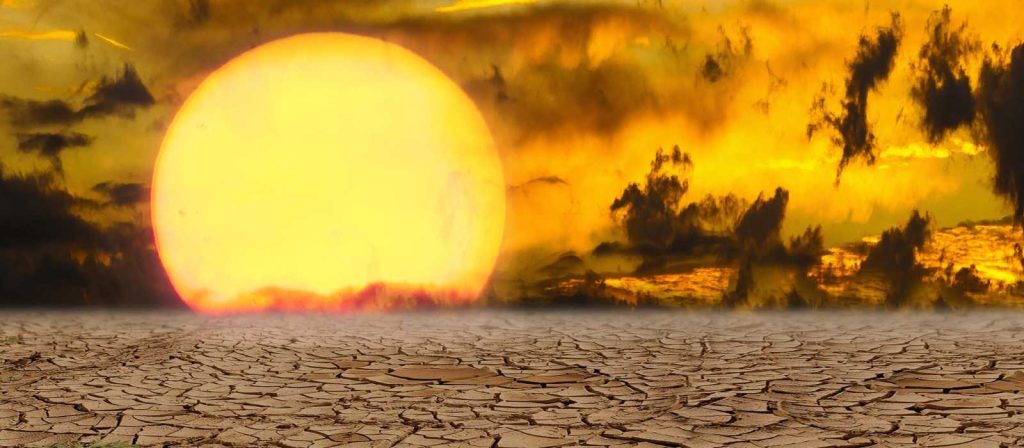
A recent study conducted by an 18-member team of scientists has concluded that the severe drought in Southern Africa, which has resulted in crop failure and food shortages, is primarily driven by El Niño, rather than climate change.
Titled “El Niño key driver of drought in highly vulnerable Southern African countries,” the study was carried out under the World Weather Attribution group and involved scientists from various universities and meteorological agencies across Zambia, Mozambique, Botswana, South Africa, Netherlands, United Kingdom, and the United States.
The study focused on the period from December to February, the peak of the rainy season, analyzing two key variables: rainfall and effective precipitation. Researchers also examined the potential impact of the El Niño–southern oscillation, a natural climate phenomenon that cycles between El Niño, neutral, and La Niña phases.
Contrary to expectations, the study found that rainfall during December to February is actually increasing across the region, indicating a decrease in drought occurrence during the peak of the rainy season. However, it remains unclear whether this rise in rainfall is attributable to human-induced climate change, as climate models suggest that climate change has minimal influence on low rainfall during this period in the region.
Local factors such as land use changes and other long-term climate variability drivers may explain the observed increasing trend in rainfall. Regarding effective precipitation, the combination of historical weather data and climate models indicated no significant change in southern Africa during the December to February period. This stability is likely offset by higher temperatures, resulting from human activities like burning fossil fuels, which increase evapotranspiration and negate the effects of increased rainfall.
In contrast, El Niño was identified as a significant driver of low December to February rainfall. Historical weather data revealed that rainfall tends to be lower during El Niño years. With 1.2°C of global warming, similar droughts are projected to occur approximately once every ten years, but during El Niño years, their likelihood doubles.
The study underscores the importance of addressing the immediate food security challenges posed by the drought in Southern Africa. Mozambique National Institute of Meteorology researcher Bernardino Nhantumbo emphasized the heavy reliance of millions in the region on rain-fed agriculture. Despite the known risk of drought during El Niño years, this year’s drought compounded existing challenges stemming from flooding, agricultural pests, and diseases.
Improving drought resilience in the region is imperative to mitigate the impacts of future droughts. With effective planning and preparation, hunger can be averted. Joyce Kimutai, a researcher at the Grantham Institute — Climate Change and the Environment, Imperial College London, highlighted that while many extreme weather events in the past year have been influenced by both climate change and El Niño, the Southern Africa drought appears to be primarily driven by El Niño, making it a noteworthy exception.



